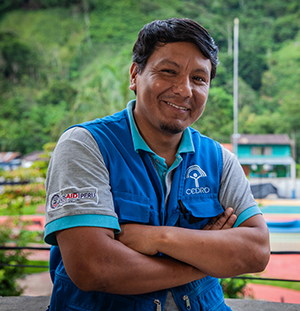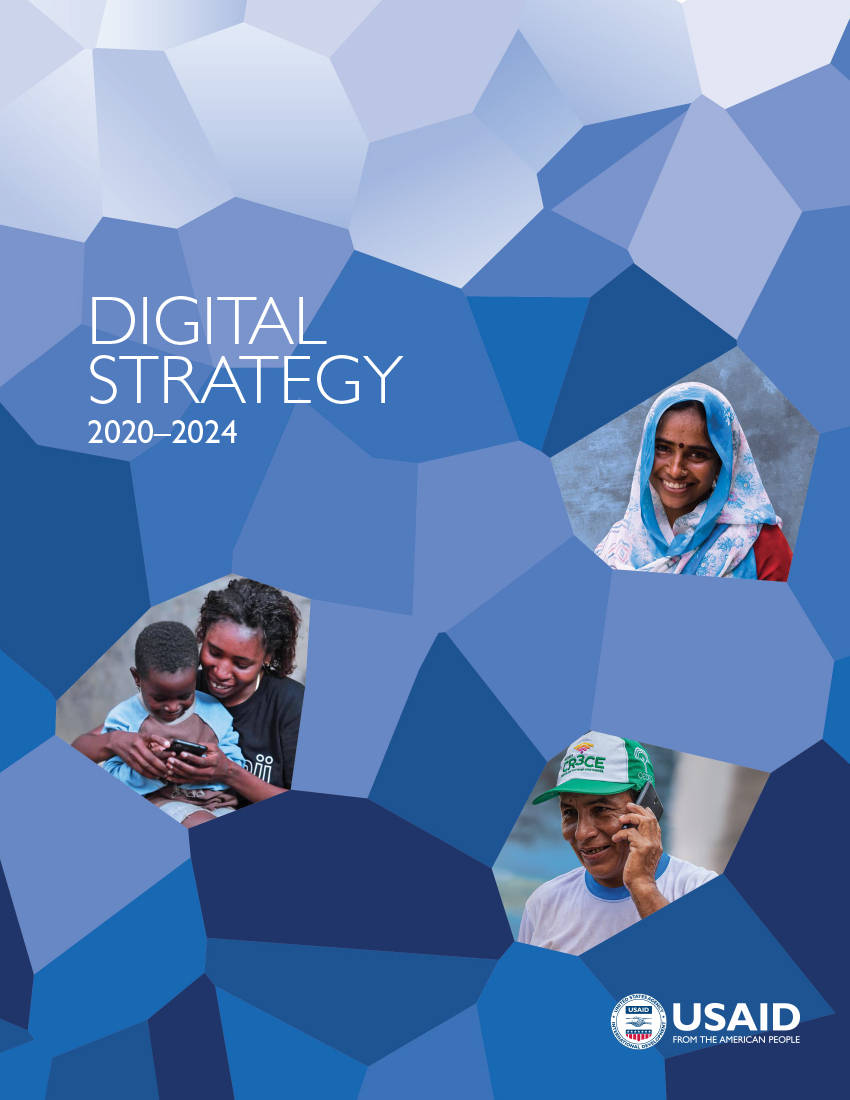- What We Do
- Agriculture and Food Security
- Democracy, Human Rights and Governance
- Economic Growth and Trade
- Education
- Environment and Global Climate Change
- Gender Equality and Women's Empowerment
- Global Health
- Humanitarian Assistance
- Transformation at USAID
- Water and Sanitation
- Working in Crises and Conflict
- U.S. Global Development Lab
Digital Strategy
Speeches Shim
Today’s digital transformation, with all of its potential benefits and risks, can appear rapid, unprecedented, and even disorienting; however, it is only the beginning. We ultimately do not know what new technologies will arise in the coming years, or how people will use them in the world’s changing demography, governance, and environment. Nor do we know what types of challenges we will have to address as global pandemics or man-made disasters unexpectedly arise. What we know with certainty is USAID’s mission, and implementing the USAID Digital Strategy will contribute to the goal of ending the need for foreign assistance. This Digital Strategy is an important step toward reaffirming USAID’s role in the digital era to promote and realize democratic values abroad and advance a free, peaceful, and prosperous world.

Recent efforts to fight the COVID-19 pandemic demonstrate the incredible power digital technology offers as we rise to face unprecedented global threats and support communities along their Journeys to Self-Reliance. Digital health-information systems supported by USAID assist doctors and nurses in their response efforts. The Government of Liberia is using mHero, a two-way information-sharing platform developed during the West Africa Ebola outbreak to communicate with frontline health workers. Thanks to mHero’s interoperable, flexible design, the Government has repurposed the system to send weekly updates on COVID-19 to the field, and to support early case-detection. These life-saving innovations are possible not just in Liberia but in all countries, and, as part of the Digital Strategy, USAID will promote this type of digital development worldwide.
Fortunately, we are not alone on this journey. This is a moment of opportunity for governments and citizens around the world to engage in an earnest public discussion about topics like digital access, interoperability, the ownership and privacy of data, and the effects of algorithms on society.98 The potential for the misuse of digital tools also creates opportunities for USAID to lead by anticipating and mitigating digital risks to promote democracy and human rights.
USAID’s programming must ensure that laws, policies, actions, and informal governance mechanisms funded by U.S. taxpayers all contribute to a more open, inclusive, and secure global digital ecosystem and digitally enabled society. Governments with political will and technical capacity will be able to take steps that are ultimately in the interest of, and democratically guided by, their citizens to make clear and informed choices about digital infrastructure; develop national strategies and plans to guide investments; strengthen cybersecurity; ensure digital services are inclusive; and deliver more reliable, higher-quality data. As a responsible steward of U.S. taxpayer dollars, USAID will identify and appropriately budget for the long-term costs associated with building, operating, and maintaining digital infrastructure and systems, as well as foster sustainable ownership and management of these systems by governments and the private sector in our partner countries.
USAID will continue to ensure that technology and digital ecosystems enable women and men to live freer, healthier, more prosperous lives. We envision a world that overcomes the chasm between the digitally enriched and an unemployable underclass; in which there is a global convergence toward democratic governance and higher living standards; and in which the governments of self-reliant countries guarantee democracy, security, dignity, human rights, and justice for their citizens.



Comment
Make a general inquiry or suggest an improvement.